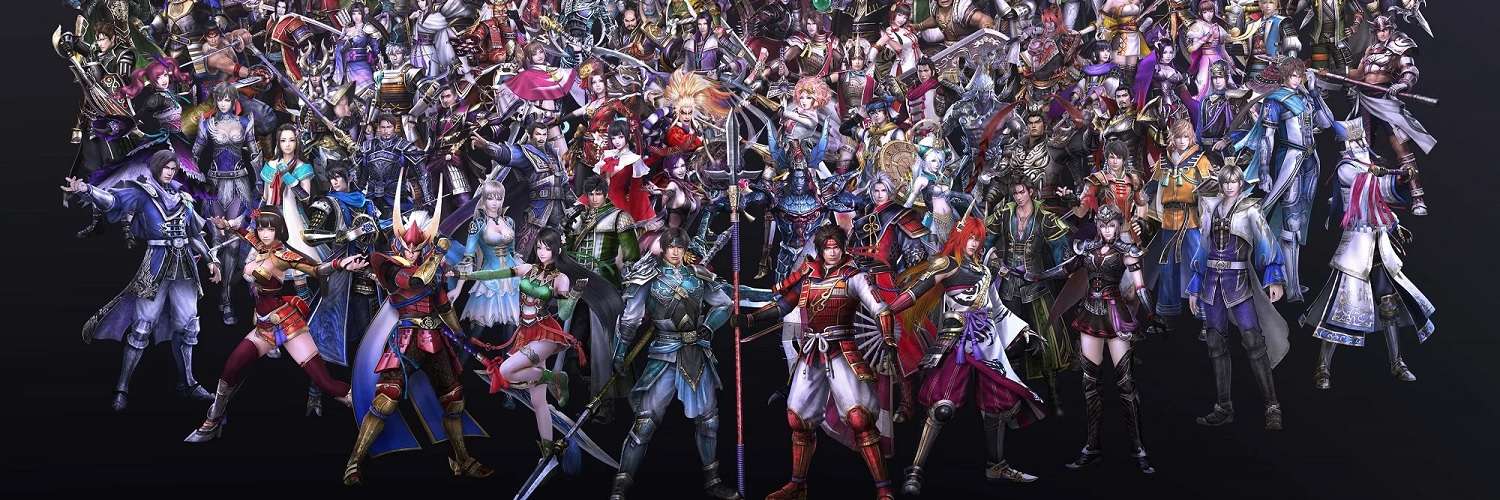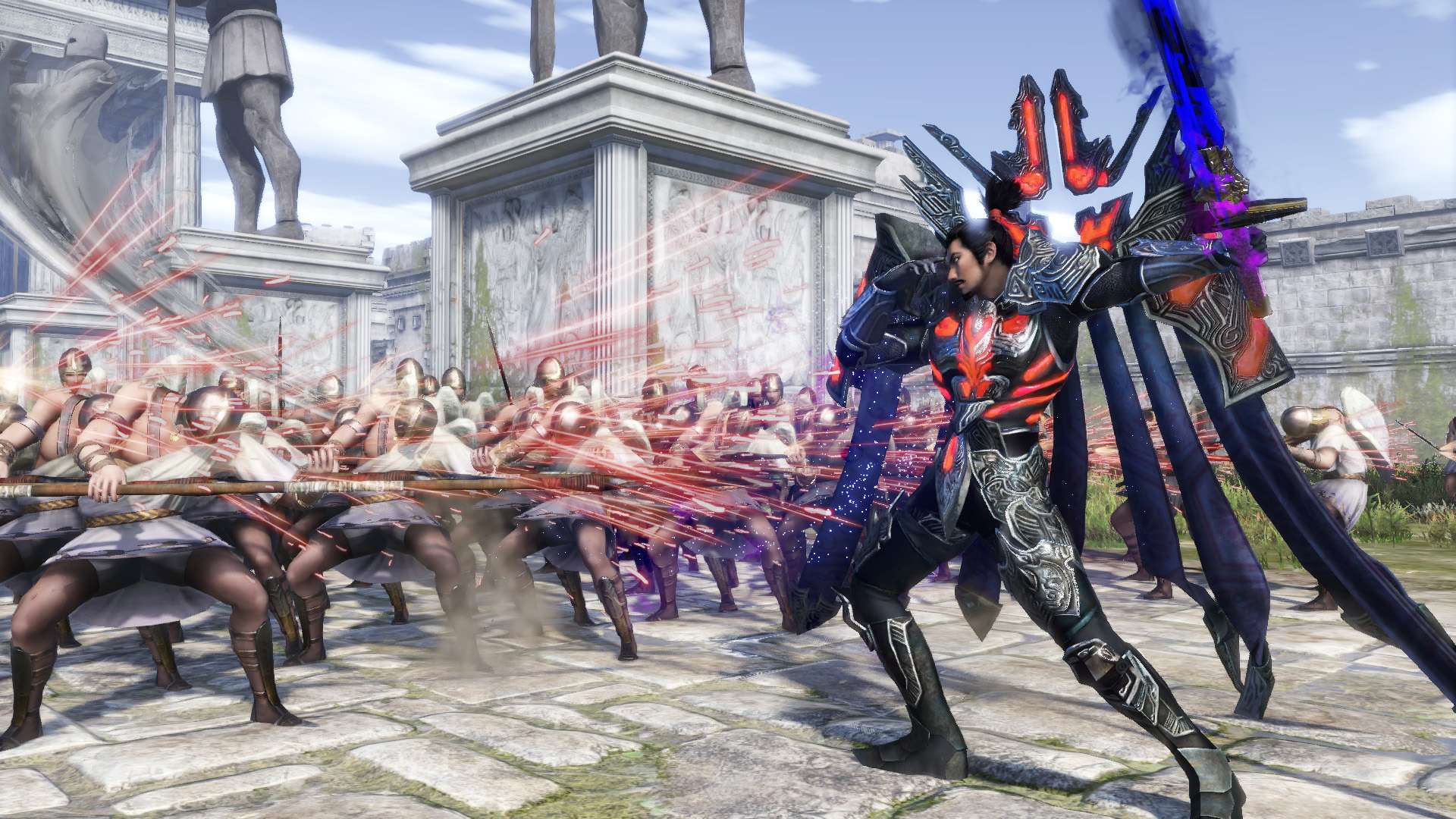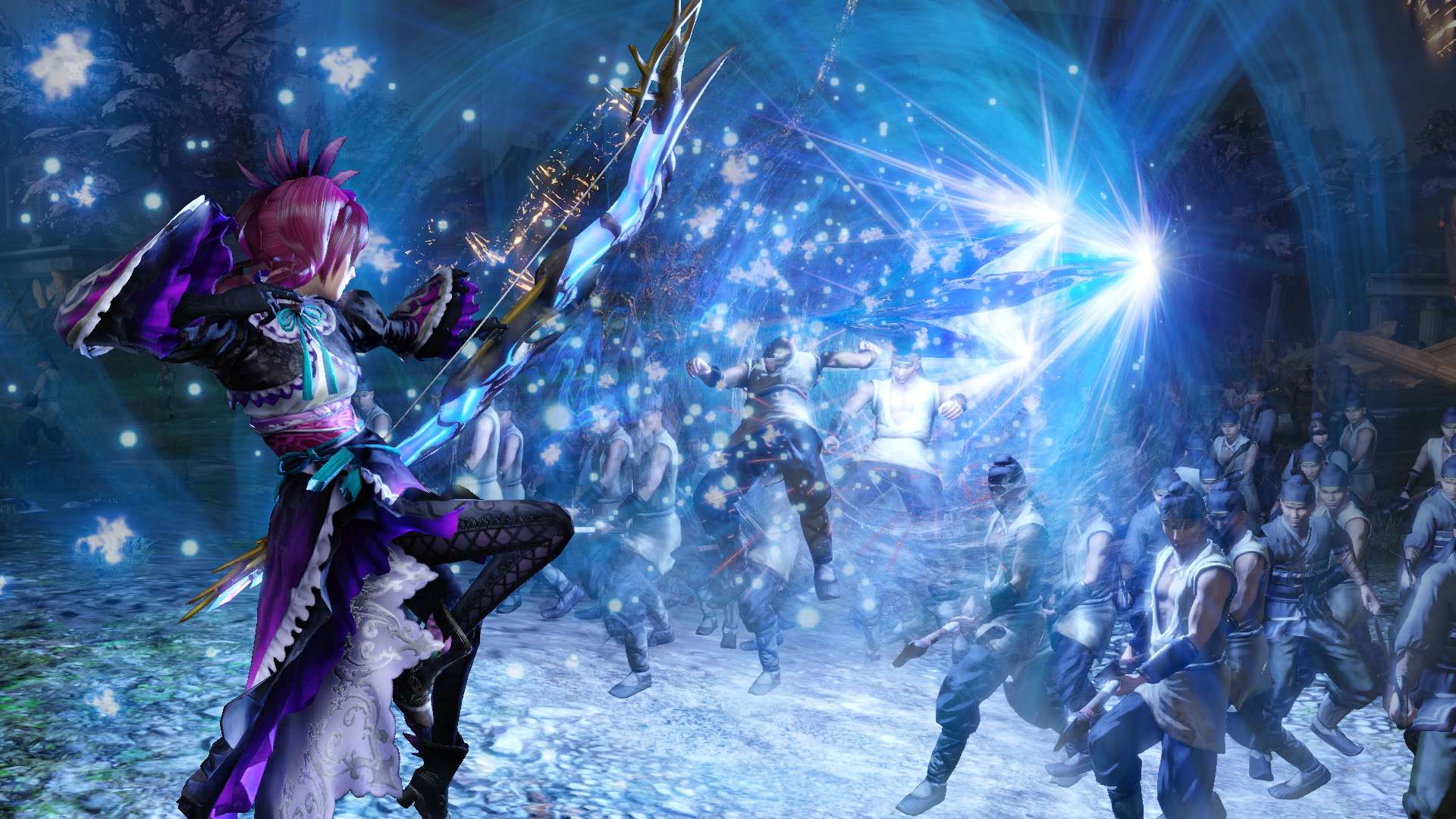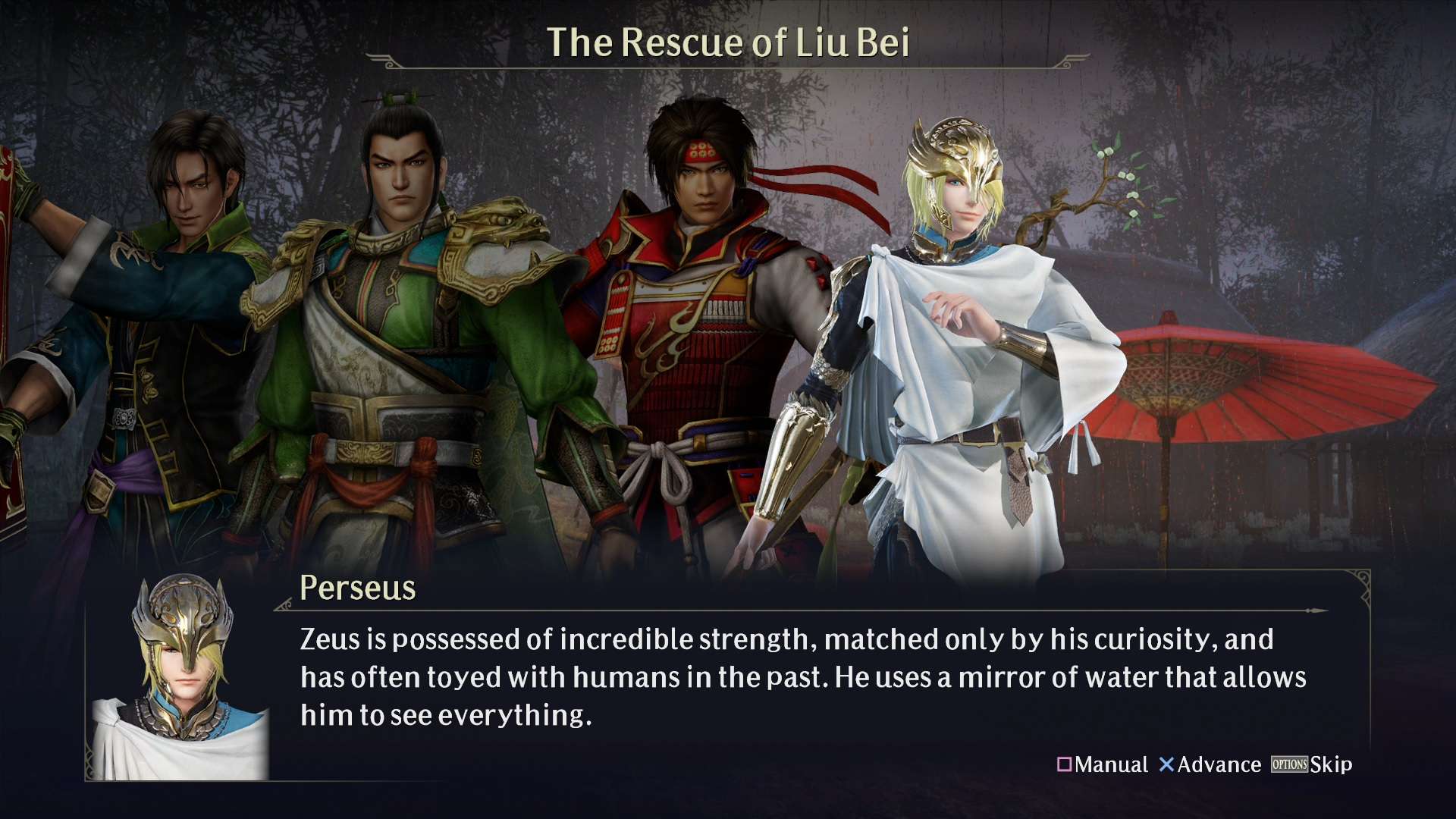
Warriors Orochi 4 PS4 Review
Warriors Orochi was Omega Force’s way to combine both Dynasty Warriors and Samurai Warriors into one to give fans a dream Warriors title that managed to fit in the popular characters from the separate games. By the time the third Warriors Orochi – especially Warriors Orochi 3 Ultimate – had arrived, the developers had gone all out by featuring plenty of content and including characters from other Koei Tecmo games, such as Dead or Alive, Atelier and Ninja Gaiden, while offering modes and features that people could be playing for many, many hours.
The release of Warriors Orochi 4 comes at an interesting time for the franchise. Omega Force didn’t exactly do great with Dynasty Warriors 9, changing the formula to feature an open world map that did not go down well with most fans. It’s this return to the traditional Warriors formula that makes Warriors Orochi 4 a nice welcome, but compared to the last title in the Orochi series, there are some shortcomings here that give off a vibe that this game was quickly rushed to release to bring fans a traditional experience to jump into after the sour taste of Dynasty Warriors 9.
Most of the game is built within the story mode, which features around 70 stages in total. The story is set up where all the heroes have forgotten everything that happened in the previous games and are happily getting on with their lives in the correct time period, slaying thousands of troops and generally just trying to fight for what they believe in. The Greek god, Zeus, manages to get his hands on a few serpent bracelets and opens a magical gate that enables him and his gods to move into Orochi’s dimensional world, while also bringing along the heroes from the Three Kingdoms and Sengoku time period. As with the previous games, the heroes need to get back home, and to do this they need to defeat Zeus and stop his mysterious plan, but they can only do that with the help of a small group of mystics who still remember exactly what happened in their previous battle.
I was surprised to see Yoshitaka Murayama attached to the story. If the name doesn’t ring any bells, it’s the producer and writer of the first three Suikoden games that were published by Konami. The story isn’t half bad, and while it’s not a patch on Murayama’s epic Suikoden stories, it does a decent job in telling a tale that can be enjoyed for its absurdity as it tries to string together this insane concept of bringing so many characters into its plot. There is an easily distinguishable main cast that get a lot of time in the spotlight – plus a powerful deification form that only eight characters gain in the story – so don’t expect the balance to be spread equally across all of the characters, but everyone does at least get a few lines in there, even if it is away from cutscenes and offered during specific character moments in the menus.
Every character from the previous three Warriors Orochi games make their return apart from guest characters. It is a shame that they could not add in some new guest characters, as it is always fun seeing them mixed in with the cast, but I understand that guest characters are most likely locked for a Warriors All-Stars sequel. Characters are modelled on their Dynasty Warriors 8: Empires and Samurai Warriors 4-II designs, so expect reused assets. New characters are added, some relating to the those two games, while the five Greek gods are brand new to give this game a total of 170 characters – the most in a Warriors game to date, which means the game is bound to have everyone’s favourite fighter, but you will need to unlock them first, either through the main story missions or side missions.
What is impressive about this collection is that since these are based on their existing mechanics from the two game series, each fighter has their own fighting style. Sure, they are some very close similarities, and they do all fit into either power, speed or technique, but their weapons and abilities means it’s fun experimenting around with each of them. Characters also bring across their game’s mechanics, so Dynasty Warriors heroes will have their simple light and heavy attack combinations, while Samurai Warriors bring along the game’s hyper attack mechanics – these attacks cover a massive range and are solely designed to take down hundreds of soldiers, eradicating them in mere seconds, which I always found to make sense for a game like this, and this skewed my character roaster to feature more from Samurai Warriors.
Warriors Orochi 4‘s gameplay is just what you would expect from it. It’s the player taking on thousands of dumb AI soldiers to rake up the kill counter, unleashing flashy special moves on enemy generals and accomplishing the missions marked on the map, usually either killing the officers, clearing the enemy within a time limit or defending a base. There are also added challenges to spice up the missions if players feel they want an extra challenge, and these are used to gain more rewards and higher grades on the mission reward screen. These games have never been complex, but somehow they manage to scratch this specific third person hack-and-slash itch each time I play them. This is all familiar territory for fans, maybe a little too much this time around, because while the game does introduce some small features, it’s construction is more linear than the previous title – the campaign is linear, losing the branching paths of the previous title.
All the mechanics from before are here, such as the basic combat system between light and heavy attack that branches the combo chain down a different path depending on how many light or heavy button combinations are pressed, horse riding, musou special moves, and the triple hero party. The latter enables the ability to instantly switch between them with a click of a button, either to relieve someone who might be close to death’s door or to extend combos with a fancy green flash to signal that the character has been brought in during a combo to extend it. Added on top of this are four support slots that buff the trio party, but also come in handy for the new magic feature.
The inclusion of scared treasure is the developers way to add a new mechanic to the familiar formula. In other words, it is another way to deal mass damage and kill many standard foes at once or wipe out a chuck of health from a general. Every hero has an elemental-based magic move, giving them another set of attacks, and is tied to the R1 button and comes in three strengths that drains a magic gauge depending on the strength used. Light attacks can be cast multiple times, as these are small range attacks. Combining with the heavy/hyper attach button will cast magic that uses all of the magic gauge for more area of effect damage, and lastly, using magic with a bar of musou will unleash a special magic attack that deals big damage. Magic also has one last use in a feature called Unity Magic, which can be activated with L2 + R2 when a symbol is charged to see all three heroes and four support characters come together to cast a giant spirit bomb-esque move to blast an area with an explosion that pretty much eradicates anything but the generals. Sadly, this is the same move no matter who makes up the party, so even though it’s useful, it does become repetitive seeing the same animation.
After each mission, players are sent back to a menu screen to handle team management, weapon fusing for multiple enhancements and upgrades for characters and camp – the latter is a general upgrade that is active for all characters in the game. There is no hub space to run around with, as everything is handled through a menu, including character relationships, which are portraits with dialogue boxes underneath them. This does make the game feel a little on the budget side, removing the exploration of a base and replacing it with various still menus, but at least you still get to see characters interact with one another.
Being based on Dynasty Warriors 8: Empires and Samurai Warriors 4-II means the game looks similar to those two and doesn’t push anything further for the series in the graphics department. Performance is mostly fine as it aims for 60 frames per second, but when things become crowded and animations are playing during this moment, the frame rate can hiccup, even more so when cooperative play is involved (two players local, as it doesn’t seem that different when playing online). On the music side, the soundtrack contains some classic and remixed themes along with some new stuff that fits well with the action on screen. It’s one of those soundtracks that gets the player pumped to slay an army. Voice over is Japanese only, something that most of the mainline Warriors games have been doing for a few years now. The only issue is that there is a lot of text that pops on screen to subtitle audio during battle, and it is very easy to miss this when focused on the action.
Warriors Orochi 4 doesn’t do much to advance the Orochi spin-off, but it does bring a return to the old formula, something fans will no doubt enjoy after Dynasty Warriors 9‘s misstep. It has the biggest cast of characters yet, a fresh story involving the legendary Greek gods and fun hack-and-slash gameplay. The issue is that it’s a very familiar core, even with the new magic mechanics, it isn’t another to shake that “it’s another one” vibe. With less modes than the previous entry and some changes that feel like the development was short on budget, Warriors Orochi 4 will give fans a fun past time hacking down hundreds of thousands of enemies, but this fails to become the best Warriors game to date.





